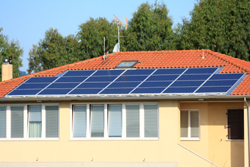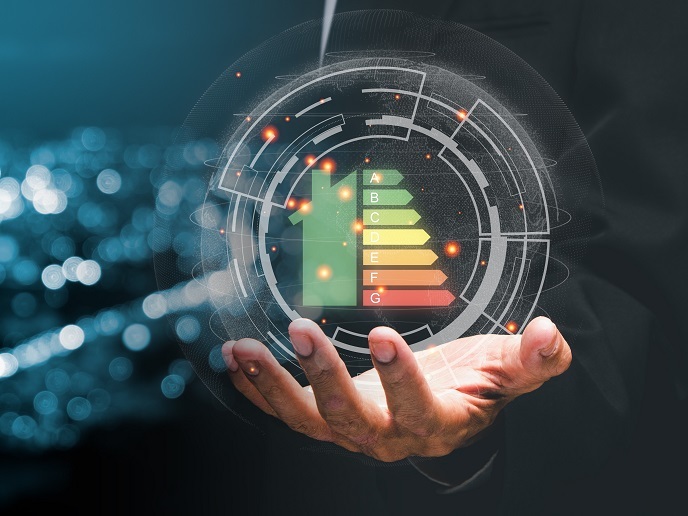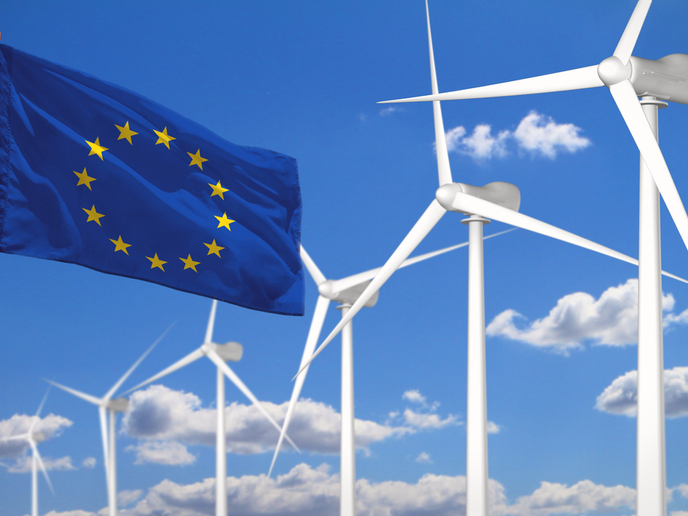Baseline for economic model of low carbon technology
The NEMESIS/ETC economic model, developed by the project with the same name, was used as a basis for depicting national and sectoral trends in 15 EU countries, and Norway, between 2005 and 2030. The model highlighted major challenges that will face European decision-makers over the next 25 years. The baseline scenario indicated that the greatest source of growth will be through foreign trade as growth within the EU area is not expected to exceed 2% for the whole period. However, weak internal demand in Europe will be compensated by high growth in the fast-growing economies of Brazil, Russia, India and China. The key to attracting foreign trade will be the ability of European countries to create niche markets for their products. This can be achieved through increasing scientific and technological research and development, particularly in the area of environmentally friendly energy production. The baseline scenario developed by the NEMESIS/ETC project also showed a decline in population and the labour supply. A shortage of skilled workers could prove critical to the European economy. The EU must also face the challenge of an aging population, whereby in 2030 there will only be two working people for every person over 65 years of age. The purpose of the NEMESIS/ETC economic model was to develop scenarios and strategies for the supply and demand of energy technologies for combating global warming. The model's baseline scenario allowed a clearer understanding of the relationship between economic, energy and environmental policy, thereby helping to draft future European policy.







